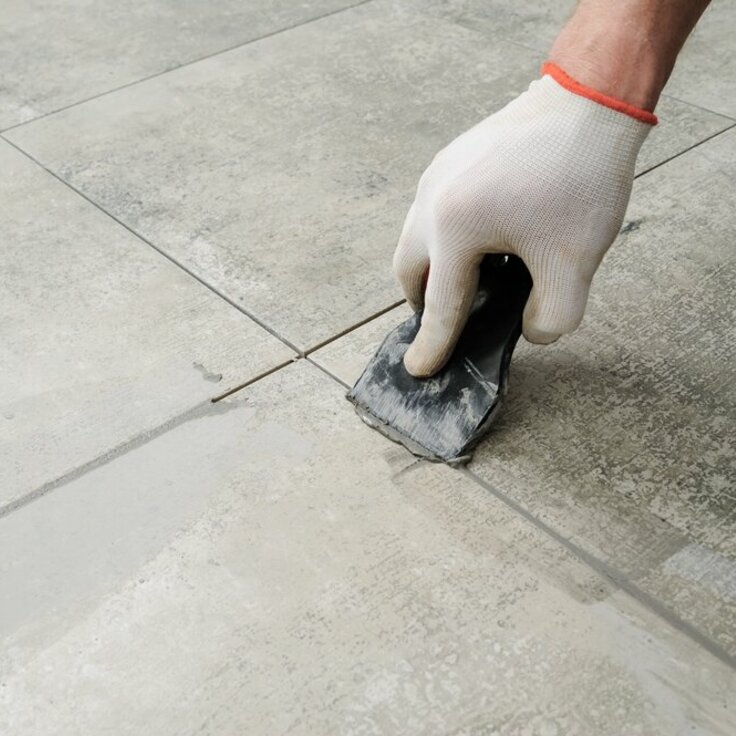Verticutting the Lawn: How and When?
A lush green lawn is a sight to behold and a source of pride for every garden enthusiast. However, to maintain that lush greenery, maintenance is crucial. One of the key tasks for maintaining a healthy lawn is verticutting. But what exactly is verticutting, and how and when should you do it? In this article, we'll discuss all aspects of lawn verticutting, including the right tools and best practices.

What is Verticutting?
Verticutting is a lawn maintenance technique that ensures the grass remains healthy by removing unwanted thatch, moss, dead grass, and other organic matter that accumulates on the surface. By removing this layer, the grass roots receive more air, water, and nutrients, allowing them to grow better and making the lawn look healthier.
When to Verticut?
The best time to verticut is in early spring or late autumn when the grass is actively growing and the weather is neither too warm nor too dry. Avoid verticutting during dry periods or when the grass is dormant, as this can damage the lawn.
How to Verticut?
-
Mow the Lawn: Before you start verticutting, mow the grass to the normal mowing height. This will make it easier to maneuver the verticutter over the lawn.
-
Set up the Verticutter: Choose a verticutter with blades or tines that can effectively slice through and remove the thatch layer. Set the machine to the appropriate depth, depending on the condition of your lawn.
-
Verticut in Multiple Directions: Verticut the lawn in different directions to ensure all parts are treated evenly. Watch out for obstacles such as trees, shrubs, and flower beds.
-
Remove Loose Material: After verticutting, remove the loosened material, including moss and dead grass, from the lawn. This can be done with a rake or a verticutter rake.
-
Aerate the Lawn: If the lawn is very compacted, consider aerating it with an aerator to help the soil breathe and improve water and nutrient absorption.
Best Tools for Verticutting
- Verticutter: Choose a verticutter with adjustable depth settings and blades or tines suitable for your lawn.
- Verticutter rake: A verticutter rake is handy for removing loosened material after verticutting.
- Aerator: If your lawn is very compacted, an aerator can help to aerate the soil.
Verticutting your lawn is an essential part of lawn maintenance that can contribute to a healthier and more beautiful lawn. By using the right tools and applying the correct techniques, you can enjoy a lush green lawn that draws admiration from everyone.








